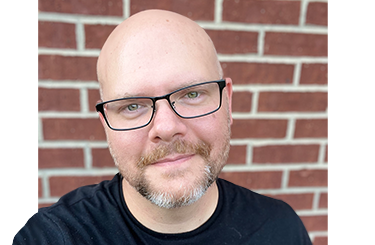“Spring,” by Vivaldi is a beautiful movement of music. It’s light and happy. It’s adds a spring to your step…unless it’s screaming at you from the phone receiver, breaking your coma-like sleep. It’s like a tall and beautiful sunflower which catches the wind and thumps you in the face. Let’s say, it took a bit of effort to get out of bed.
After breakfast we loaded the bus for Beit Shean, one of the cities of the Decapolis. It was an impressive site with tile mosaics and towering columns. The engineering of the baths were most impressive. It was a city built to make foreigners feel small like the Lincoln Memorial or the Washington Monument.
With our eyes to the sky and our mouths wide open…the rain came.
Our driver told us that as far back as people lived in this place, rain was a blessing, so he promised to pray for a curse for the rest of the trip. This wasn’t any rain. It was a chill you to the bone kind of rain. It even hailed as we were driving past the Valley of Armeggedon. I thought I was going to see Christ’s return there for a moment.
After Beit Shean we traveled to Herod’s Caesarea, an engineering marvel of the ancient world. The rain was so terrible we didn’t spend much time there other than watching the movie which explains how the harbor city was built and how many different civilizations came to call it their own.
From there we traveled to Megiddo, a city overlooking Armeggedon. One of the remarkable features was the tunnel to the water source which is deep within the earth. The tunnel was dug so that city residents could visit the spring without leaving the city walls. This was especially important during times of war.
Our final stop of the day was Nazareth. We first visited the largest church in the country, the Church of the Annunciation, built by the Catholic Church. I’ll have to just show you the pictures because its beauty is difficult to descrive with words.
For starters the church encompasses what is thought to contain the entire old city of Nazareth, a population of three hundred or so. Surrounding the courtyard are pieces of modern artwork of the Madonna from many different countries. The courtyard gives us a glimpse of the three “M’s” used as a theme throughout the campus–Mary, Multinational, and Modern.
The church is a sanctuary on two levels linked through a circular hole in the roof/floor. The bottom floor is very simple, almost minimalist. The altar is an actual house dating from the time of Jesus. Tradition has it that this was Mary’s house and consequently, the very place that Gabriel announced the coming Christ to Mary. It’s humbling and powerful, and it’s simplicity is to convey the humanness of the incarnation.
The second floor is quite different. It is vibrant and full of modern art depicting the Madonna. It is decorated and ornate, communicating Christ’s divinity. You can almost see the eternal being emptied into the finite through the circular opening. Quite moving and difficult to describe without pictures.
Our next stop was the Orthodox site of the Annunciation. Like most Orthodox sanctuaries, it was adorned with icons and every inch was a canvas of the saints. Off to the side of the sanctuary, according to the Orthodox Church, is the only natural water source in Nazareth, a continuous spring which has flowed for thousands of years. I’ll upload a video so that you can see this spring as well. The Orthodox tradition says that the angel Gabriel visited mary at the source of water, and with only one source, it wasn’t difficult to discern. This second site almost seemed more reverent and mysterious with the water’s perpetual flowing in the background.
Tomorrow we will see THE source of water in the region, the River Jordan. See you tomorrow!
.
